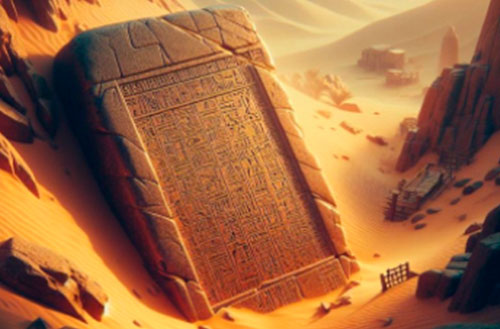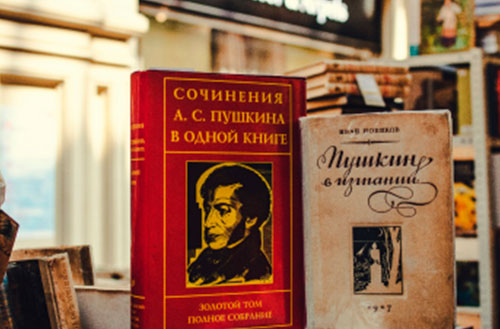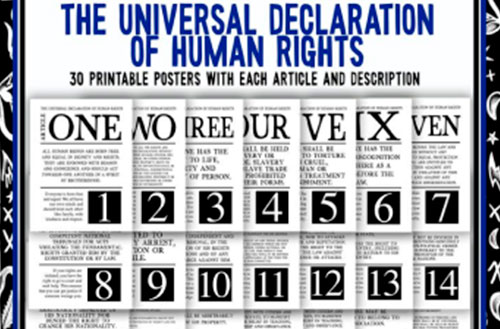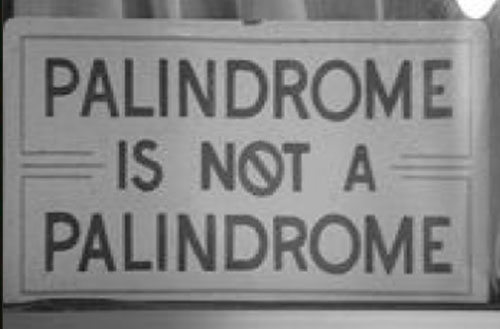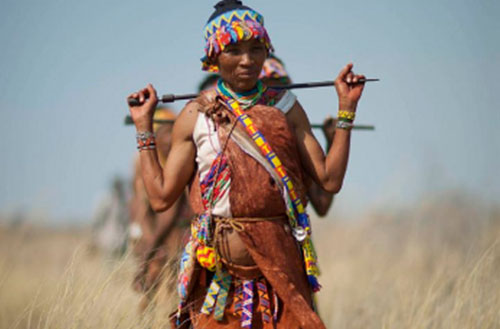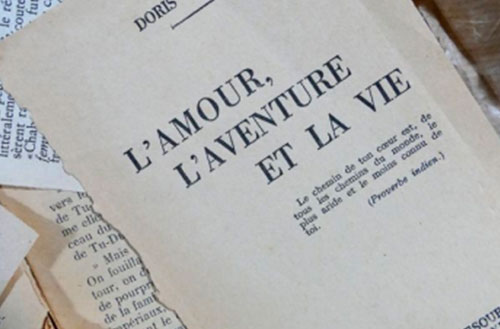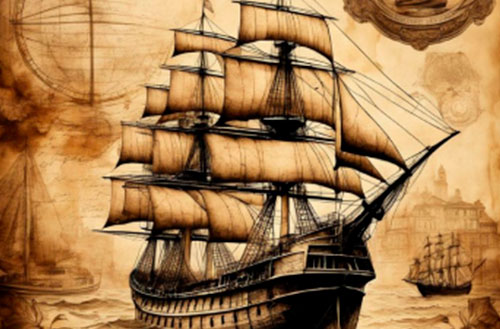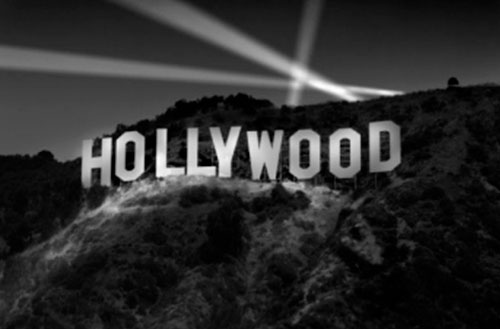 Fun Facts!
Fun Facts!
Rosetta stone
The Rosetta Stone, discovered in 1799, was crucial in deciphering Egyptian hieroglyphs. It contained the same text in three scripts: Greek, Demotic, and Hieroglyphic.
Language Learning at Sleep
Some studies suggest that exposure to a new language during sleep might enhance vocabulary retention. It’s a dreamy way to acquire linguistic skills
A Whole Town
According to the Translation Association of China, there are more than 300,000 certified translators. That is enough to fill a whole town of people.
The Whistling Language of La Gomera
On La Gomera in the Canary Islands, Silbo Gomero, a UNESCO-recognized whistling language, enables communication across valleys. This unique language mimics spoken sounds and is taught in local schools to preserve the tradition.
Language of the Sea
The longest word in the world is in the Welsh language: “Llanfairpwllgwyngyllgogerychwyrndrobwllllantysiliogogogoch.” It’s the name of a village and translates to “The church of St. Mary in a hollow of white hazel near a rapid whirlpool and the church of St. Tysilio near a red cave.”
Machine Translation Dates Back to the 1950s
The first demonstration of machine translation was conducted by IBM in 1954. It involved translating 60 sentences from Russian into English,using a basic dictionary of 250 words and six grammar rules. This marked the beginning of the evolution towards modern AI-powered translation tools.
Language of the Sea
Sailors historically developed their own sign language to communicate on noisy, windy decks. It’s a testament to the adaptability of language in different environments.
Language of the moon
The Apollo 11 astronauts left a silicon disc on the moon containing messages from leaders of 73 countries. It’s a unique example of language reaching beyond Earth.
The Most Widely Spoken Language Family
The Indo-European language family is the most widespread, including languages like English, Spanish, Hindi, and Russian, spoken by over 3 billion people.
Languages with No Word for "No"
Some languages, like the indigenous Pirahã language of the Amazon, do not have a direct word for “no.” Instead, they rely on context and other linguistic structures to convey negation, illustrating the diverse ways in which languages express meaning.
The Most Translated Document
The Universal Declaration of Human Rights holds the Guinness World Record for being the most translated document. It has been translated into over 500 languages, showcasing the power of translation in promoting global understanding and unity.
Languages Are Disappearing Fast
Every two weeks, a language dies, taking with it a unique cultural heritage. Currently, there are about 7,000 languages spoken worldwide, but it is estimated that by the end of the century, over half of them will be extinct. This emphasizes the importance of translation in preserving linguistic diversity.
Sign Languages are Diverse
There are over 300 different sign languages used worldwide, each with its own unique syntax and grammar, just like spoken languages.
Palindromes
Some languages have words and phrases that are palindromes, meaning they read the same forward and backward, like “madam” in English.
Languages with Clicks
Some African languages, like Xhosa and Zulu, use clicking sounds as consonants. These clicks are integral parts of the languages’ phonetic systems.
Language Borrowing
English is a linguistic melting pot, with over 60% of its vocabulary derived from other languages like Latin, French, and German.
Language of the Future
By 2050, it is estimated that French could become the world’s most spoken language due to demographic growth in Africa.
Multilingual Cities
New York City is one of the most linguistically diverse cities in the world, with over 800 languages spoken by its residents.
The Untranslatable Word
The Japanese word “Tsundoku” describes the act of buying books and letting them pile up without reading them, a concept with no direct translation in English.
The Polyglot of the Animal Kingdom
Dolphins have signature whistles, akin to names, that allow them to recognize and communicate with each other, much like human language.
Klingon and Dothraki
Fictional languages like Klingon from Star Trek and Dothraki from Game of Thrones have complete grammar systems and dictionaries, with fluent speakers worldwide.
The Language of the Pirates
In the 17th century, pirates used their own form of sign language known as “Pirate Cant,” which allowed them to communicate secretively.
AI and language
AI helps create fictional languages for movies like Avatar and Game of Thrones, adding depth and authenticity with unique grammar and vocabulary.
Box office prediction
AI can predict box office hits by analyzing movie scripts for plot, dialogue, and trends, helping studios choose successful films.
The First Music Video
The Bugles’ “Video Killed the Radio Star” was the first music video aired on MTV in 1981, marking the start of the music video era. This iconic video is now translated into various languages, showcasing the global influence of music videos.
YouTube Has More Than Wikipedia
YouTube supports video uploads in over 100 languages, making it one of the most linguistically diverse platforms, with creators from all over the world sharing content in their native tongues.

